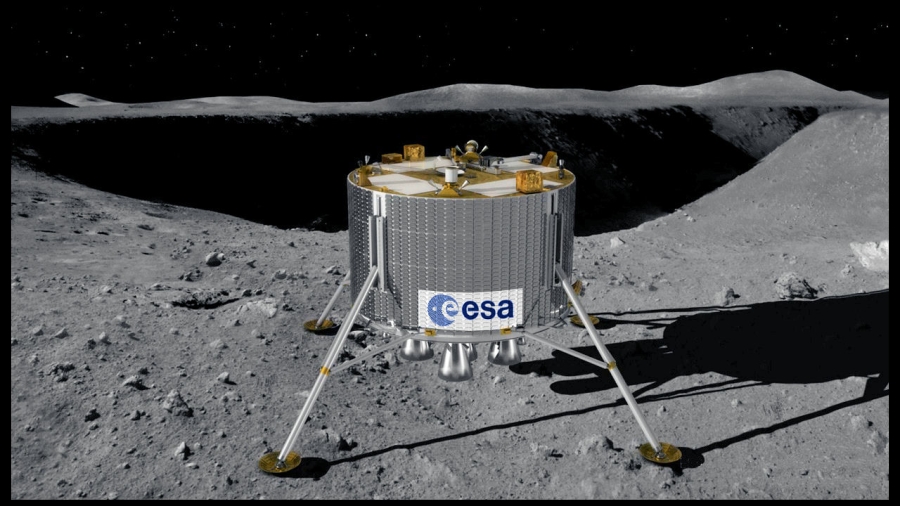SPACEBEL Heading for the Moon Again … with Lunar Lander
The rugged lunar South Pole is Europe’s new target for future human exploration on the Moon.
ESA’s first lunar probe SMART-1 discovered that this area is almost continuously exposed to the sunlight, which explains, along with the possible presence of water ice, why the region may be a prime location for astronauts.
ESA’s Lunar Lander should now pave the way for future manned missions. On the horizon 2018, the robotic spacecraft will have to test new navigation technology to prepare for secure and accurate future human landings while avoiding the various hazards present on the lunar surface. The second goal is to investigate the properties and possible health effects of radiation and lunar dust on future astronauts, and to examine the soil for signs of resources that could be used by them.
SPACEBEL has recently signed a contract with Astrium, the EADS Space Division in Bremen (Germany), prime contractor of the Lunar Lander mission design, to establish the software system requirements baseline and to define the preliminary software architecture for the on-board software as well as the software validation facility.
Since May 2011, SPACEBEL is also in charge of the development of ESA’s software suite called LandSAfe (Landing Site risk Analysis software framework).
It will generate lunar mapping, including landing risk maps and derived products and serve as a reliable tool to evaluate and certify appropriate sites for safe landings on the Moon.
Following LandSAfe and the earlier development of the SMART-1 flight control software, the Lunar Lander project is SPACEBEL’s next strategic step in the field of critical software for space exploration missions.

©ESA
